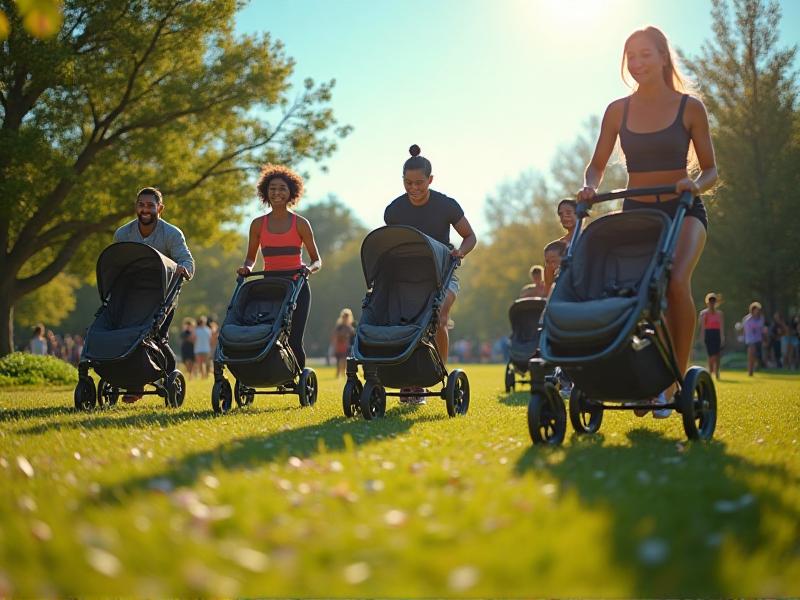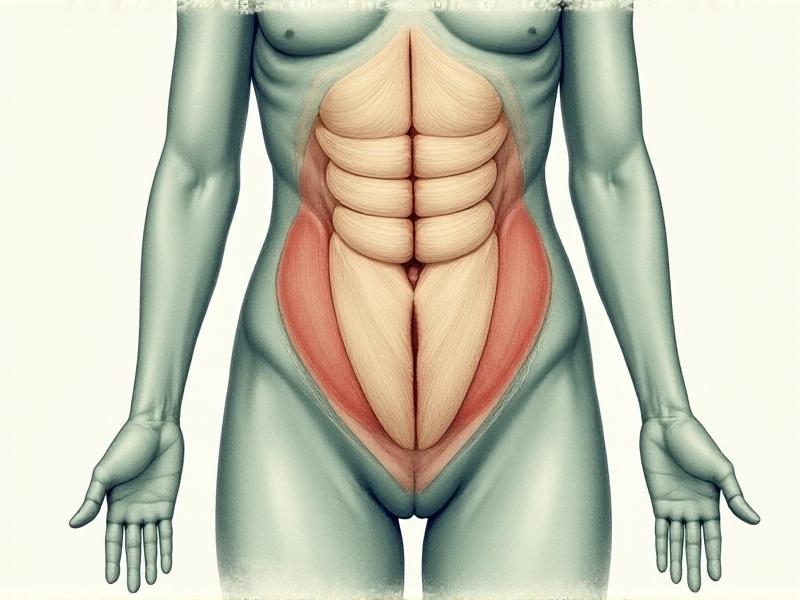Postpartum CrossFit® Core Scaling Options
Understanding Postpartum Recovery and Core Strength
After giving birth, many women experience significant changes in their bodies, particularly in the core region. The abdominal muscles, pelvic floor, and lower back often bear the brunt of pregnancy and childbirth. For CrossFit® enthusiasts, returning to high-intensity workouts can be both exciting and daunting. Understanding the importance of postpartum recovery and the role of core strength is crucial for a safe and effective return to fitness.
During pregnancy, the abdominal muscles stretch to accommodate the growing baby, and the pelvic floor undergoes significant stress during childbirth. This can lead to diastasis recti, a condition where the abdominal muscles separate, and weakened pelvic floor muscles. These changes can affect posture, stability, and overall strength, making it essential to approach postpartum fitness with care.
Reintroducing core exercises gradually is key to rebuilding strength and preventing injury. It’s important to focus on exercises that engage the deep core muscles, such as the transverse abdominis, rather than superficial muscles like the rectus abdominis. This approach helps to stabilize the pelvis and spine, providing a solid foundation for more advanced movements.

Core Scaling Options for Postpartum CrossFit® Athletes
Returning to CrossFit® after childbirth requires a thoughtful approach to scaling core exercises. Traditional CrossFit® movements like sit-ups, toes-to-bar, and GHD sit-ups can place excessive strain on the postpartum core, potentially exacerbating diastasis recti or pelvic floor dysfunction. Instead, athletes should consider scaled alternatives that prioritize controlled, low-impact movements.
One effective scaling option is the use of isometric holds, such as planks or dead bugs. These exercises engage the deep core muscles without excessive flexion or extension of the spine. Another option is to modify dynamic movements by reducing the range of motion or incorporating resistance bands for added support.
It’s also important to listen to your body and progress at your own pace. Starting with bodyweight exercises and gradually increasing intensity as strength improves can help ensure a safe and sustainable return to CrossFit®. Working with a coach or physical therapist who specializes in postpartum fitness can provide valuable guidance and support throughout the process.

Incorporating Pelvic Floor Exercises into Your Routine
The pelvic floor plays a critical role in core stability and overall strength, making it a key focus for postpartum athletes. Pelvic floor exercises, such as Kegels, can help to rebuild strength and improve control in this area. However, it’s important to perform these exercises correctly to avoid overworking the muscles or exacerbating existing issues.
Breathing techniques can also enhance pelvic floor engagement. Coordinating your breath with pelvic floor contractions can help to improve muscle activation and control. For example, exhaling while contracting the pelvic floor and inhaling while releasing can create a more effective and mindful exercise experience.
Incorporating pelvic floor exercises into your CrossFit® routine can help to improve overall core stability and reduce the risk of injury. As with any postpartum exercise, it’s important to start slowly and progress gradually, paying close attention to your body’s signals and seeking professional guidance if needed.

Balancing Intensity and Recovery in Postpartum CrossFit®
Finding the right balance between intensity and recovery is essential for postpartum athletes. While it’s natural to want to return to pre-pregnancy fitness levels quickly, pushing too hard too soon can lead to setbacks or injuries. Prioritizing recovery and allowing your body time to heal is just as important as the workouts themselves.
Incorporating rest days and active recovery activities, such as yoga or walking, can help to support overall recovery and prevent burnout. Listening to your body and adjusting your workout intensity based on how you feel can also help to ensure a safe and sustainable fitness journey.
It’s also important to consider the impact of sleep deprivation and hormonal changes on your recovery. New mothers often experience disrupted sleep patterns, which can affect energy levels and muscle recovery. Being mindful of these factors and adjusting your expectations accordingly can help to create a more balanced and realistic approach to postpartum CrossFit®.
Building a Supportive Community for Postpartum Athletes
Navigating postpartum fitness can be challenging, but having a supportive community can make a world of difference. Connecting with other postpartum athletes, whether in person or online, can provide valuable encouragement, advice, and camaraderie. Sharing experiences and challenges can help to normalize the postpartum journey and reduce feelings of isolation.
Many CrossFit® gyms offer specialized postpartum classes or programs designed to support new mothers in their fitness journey. These programs often include scaled workouts, educational resources, and a supportive environment where athletes can feel comfortable and empowered.
Building a supportive community also extends to seeking professional guidance from coaches, physical therapists, and other healthcare providers who specialize in postpartum fitness. These professionals can provide personalized advice and support, helping athletes to navigate the unique challenges of postpartum recovery and fitness.
Long-Term Strategies for Postpartum Core Strength
Rebuilding core strength after childbirth is a gradual process that requires patience and consistency. Incorporating core exercises into your regular CrossFit® routine can help to maintain and build strength over time. However, it’s important to continue prioritizing proper form and controlled movements to prevent injury and ensure long-term success.
As your strength improves, you can gradually reintroduce more advanced core exercises, such as weighted carries or rotational movements. These exercises can help to further challenge the core muscles and improve overall functional strength.
It’s also important to continue focusing on pelvic floor health and overall core stability as part of your long-term fitness strategy. Regular check-ins with a physical therapist or coach can help to ensure that you’re progressing safely and effectively, and can provide valuable feedback and adjustments to your routine.








